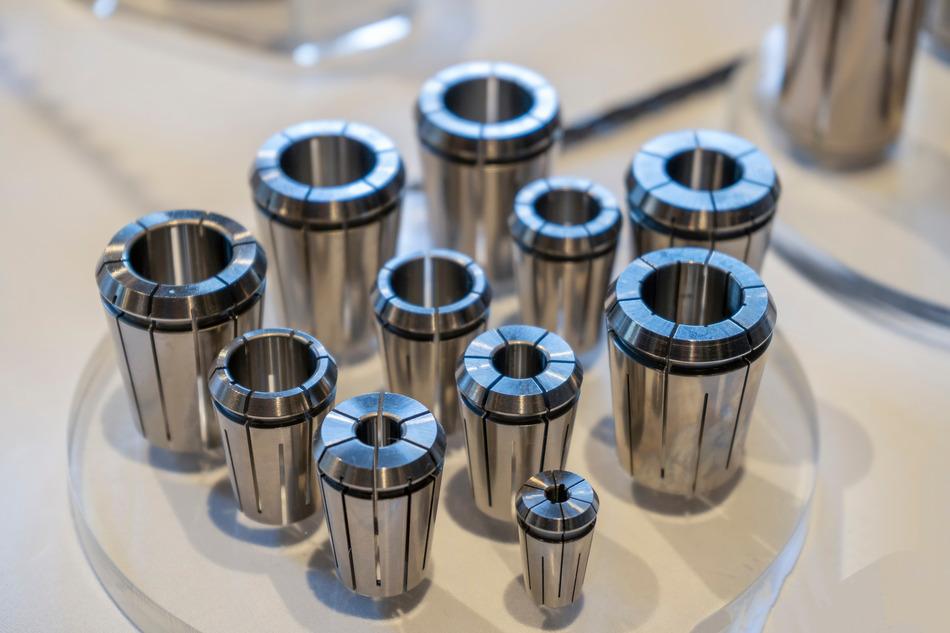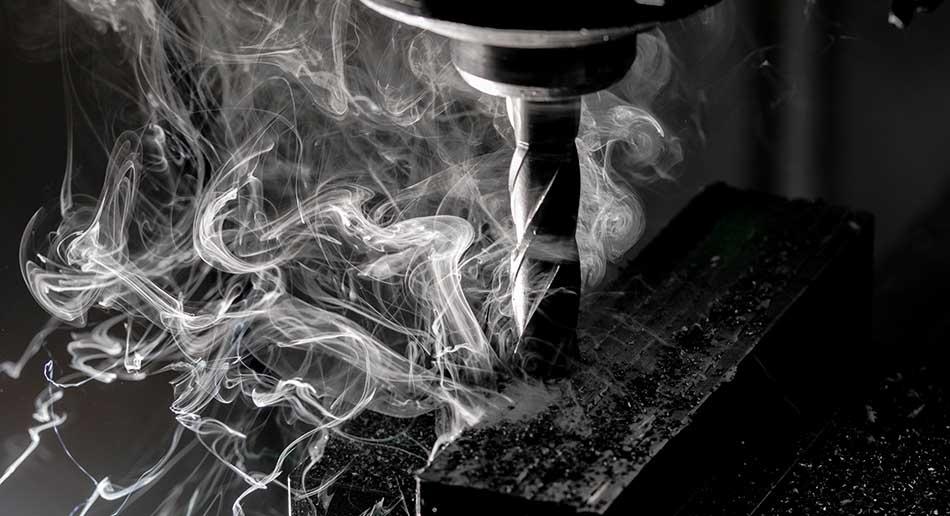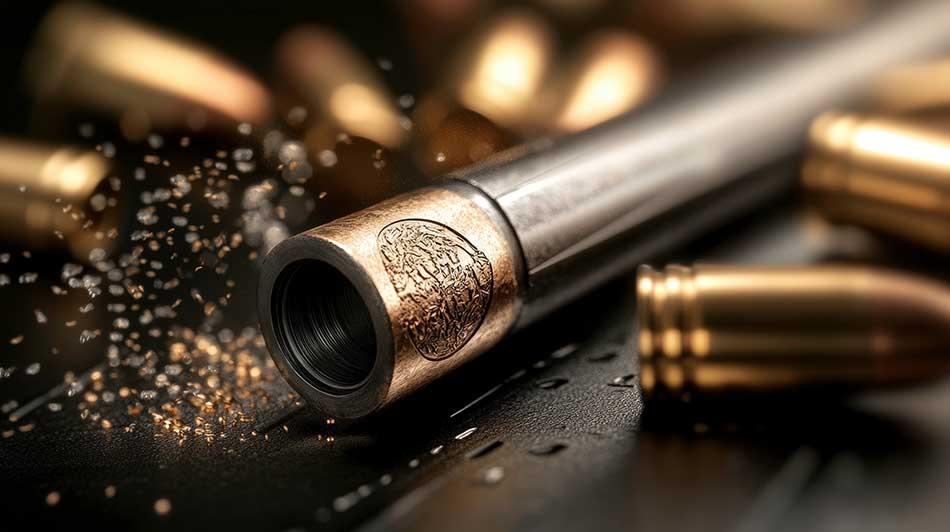Collet Tools: How to Extend Their Lifespan
Collet tools are a vital part of any CNC machining setup. They grip cutting tools with high precision, ensuring accurate results and smooth surface finishes. But like any toolholding component, collets wear out over time—and when they do, they can impact everything from part quality to spindle health.
If you rely on collet tools like ER20 or ER32 in your day-to-day operations, taking care of them can extend tool life, improve safety, and reduce costly downtime. In this article, we’ll explore how collets work, what causes them to fail, and what you can do to get the most out of your toolholding system.
Why Do They Matter?
Collet tools are essential in high-precision applications—especially when working with small-diameter tooling or fine detail work. They are widely used in toolholders like ER-style chucks (e.g., ER16, ER20, ER32), where consistent gripping pressure is required. A good collet set ensures that the cutting tool performs at its best—and that your spindle runs smoothly with minimal wear.
What Are Collet Tools
Collets are cylindrical sleeves that hold cutting tools securely in place. When you tighten the collet nut, the collet compresses and clamps down evenly around the tool. This secure, concentric grip helps reduce vibration, improves runout accuracy, and supports high-speed cutting with minimal deflection.
Signs Your Collet Tools May Be Worn Out
Even high-quality collets eventually lose performance. You may start to see more vibration during cuts, especially when using smaller-diameter tools. Tool slippage is another warning sign—if your tools are pulling out during machining, the collet is likely no longer gripping properly. You might also notice visible wear such as scoring, cracks, or deformation in the collet slots.
Another key indicator is poor surface finish. If your parts begin to show chatter marks or rough finishes despite using sharp tools and the correct feeds and speeds, the collet may be introducing runout or instability. It’s important to inspect collets regularly and replace them when wear is visible—even if they haven’t failed completely yet.
What Causes Collet Tools to Wear Out?
Collet wear usually happens gradually, but certain habits can speed up the process. The most common cause is repeated over-tightening, which can deform the collet and reduce its springiness. This leads to uneven tool clamping and can put extra stress on your spindle.
Contamination is another factor. Chips, dust, or coolant residue inside the collet or collet nut can interfere with tool seating and prevent proper clamping. Running tools with incorrect shank sizes or using damaged holders can also cause premature wear.
Heat cycling, especially in high-RPM operations, slowly reduces the elasticity of the collet material. Once the collet loses its spring tension, it won’t return to its original shape—and at that point, it should be replaced.
Best Practices to Extend Collet Life
Proper handling and routine care can significantly extend the lifespan of your collet tools. Here are some proven strategies to follow:
First, clean your collets, nuts, and toolholders regularly. Even small particles can throw off balance or cause damage. Use a soft brush and compressed air to remove chips, and make sure the tool shank is clean before each use.
It’s important to avoid excessive tightening during tool setup. Use a torque wrench to apply the manufacturer’s recommended torque. This helps preserve the elasticity of the collet and ensures consistent clamping force.
Next, rotate your collets in and out of service. Avoid relying on a single collet for all tasks—rotate usage to reduce uneven wear. This distributes wear and gives your collets a longer overall life. Store them properly in cases or trays to avoid accidental damage between uses.
Finally, match your collet to the tool. A poor fit can lead to tool pullout, vibration, and wear on both the tool and the holder. If you’re using metric and inch tools interchangeably, be sure the collet supports that range—many ER collets can grip slightly off-size tools, but only within certain limits.
When Should You Replace a Collet Tool?
A worn collet may still function, but its performance will be compromised. If you notice increased runout, tool movement during operation, or repeated surface finish issues, it’s time to inspect your collet system closely.
A good rule of thumb is to replace collets after 400 to 600 hours of use in high-speed applications—or sooner if you see signs of fatigue. Maintain a usage log, especially if your machines operate continuously. Also, replace the collet nut or collet seat if you notice damage, as these components work together and wear down over time.
Support and Service for Toolholding Systems
If your shop relies on collets for daily production, taking care of your toolholding system is just as important as maintaining your spindle or cutting tools. Ignoring signs of wear can lead to tool breakage, scrap parts, and unexpected downtime.
At In-House CNC, we help facilities diagnose toolholding issues, recommend replacement parts, and maintain high-performance setups for all types of CNC machines. Whether you’re working with ER collets, CAT40 toolholders, or custom collet systems, we’ve got the experience and inventory to help you stay productive.
Call Today for Collet Tool Support
Don’t let worn collets reduce your precision or slow down production. Call In-House CNC at (951) 540-4820 for expert guidance on collet inspection, replacement, and toolholding optimization. We’ll help you keep your machines running smoothly—and your tools cutting clean.



